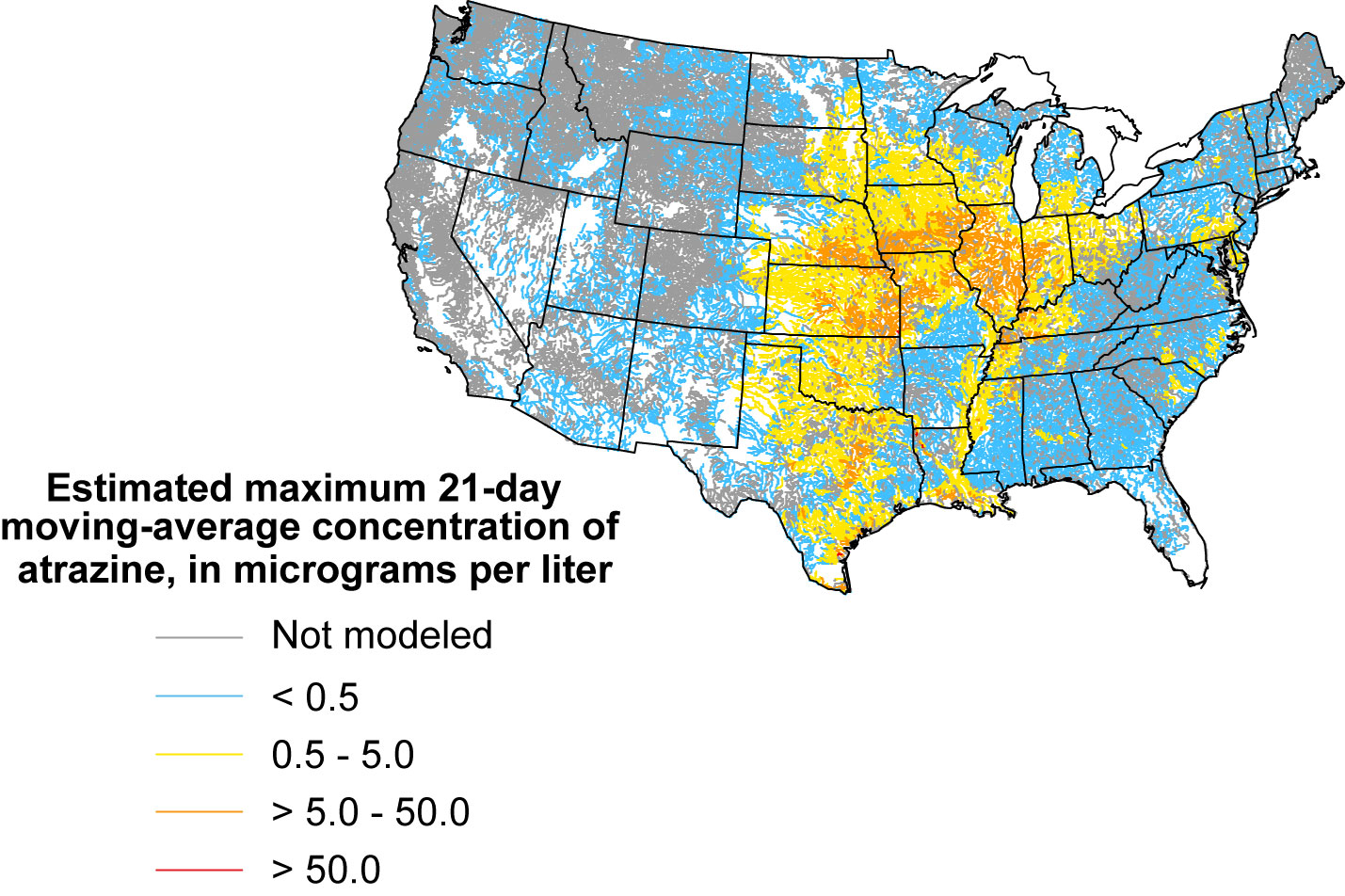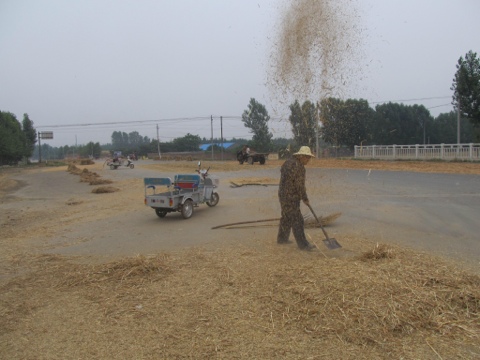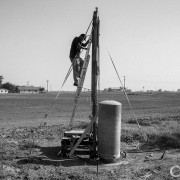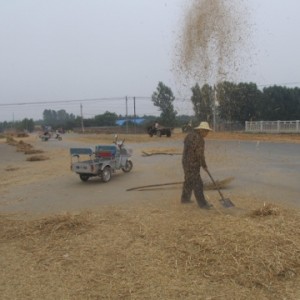Water Law: $105 Million Settlement in Water Pollution Lawsuit Between Swiss Company and U.S. Communities
Nearly 2,000 communities in the United States will be eligible for money to filter atrazine, a popular weedkiller, from their drinking water.
Last Friday, Swiss chemicals company Syngenta announced a proposed $US 105 million settlement in a class-action lawsuit brought by communities in six Midwestern U.S. states who claimed that atrazine — one of the most widely used herbicides in the nation — had contaminated their drinking water.
The plaintiffs, representing 16 communities in Illinois, Indiana, Iowa, Kansas, Missouri, and Ohio, asked for money to cover the cost of installing treatment systems to filter out the weed-killing chemical, which has been used since 1959 in the United States, primarily for corn, sorghum, and sugar cane.
The lawsuit, filed in 2010 in U.S. district court in southern Illinois, alleged that Syngenta designed, marketed, and sold atrazine “knowing that it would contaminate public water supplies when used as intended,” according to Bloomberg BNA.
Money from the settlement fund will be available to any community water system in the U.S. that shows a measurable level of atrazine in its supply. It is estimated that close to 2,000 such systems, mostly in the Midwest, will be eligible.
The proposed settlement must still be approved by a federal judge.
In a 2010 article in The Huffington Post, Stephen Tillery, attorney for the plaintiffs, said that the 16 cities which brought the lawsuit had spent roughly $US 350 million to filter atrazine from their water. Tillery did not return an email or a phone call from Circle of Blue asking whether the settlement provided affected communities with sufficient funds.
However, in a press release last Friday, Tillery said that the roughly 300 water systems with the highest contamination levels would recover 100 percent of their costs.
A Controversial Chemical
The U.S. Environmental Protection Agency (EPA) limit for atrazine in drinking water — measured as an annual average — is 3 parts per billion, or three drops in an Olypmic-sized swimming pool.
Unlike the European Union, which banned atrazine in 2004, the EPA most recently approved the use of atrazine in 2006. Though an EPA review of the chemical’s effect on human health and the environment, which began in 2009, has not yet been completed, a Natural Resources Defense Council (NRDC) analysis of EPA data found that annual averages in three of the 139 water systems sampled in 2009 exceeded the federal limit for atrazine. And more than 90 percent of the streams sampled had detectable levels of the chemical.
Numerous studies have linked the chemical with hormonal imbalances and sexual irregularities in frogs and fish, which result in, among other things, males who produce eggs.
Some of this information was undoubtedly part of the 10 million pages of documents that both parties of this lawsuit submitted during the discovery process.
“This settlement is good for Syngenta and the farmers who depend on atrazine, as well as Syngenta’s retailers, distributors, partners, and others who have been inconvenienced by this ongoing and burdensome litigation for almost eight years,” Syngenta said, according to Bloomberg Businessweek.
Source: Bloomberg BNA, Bloomberg Businessweek, The Huffington Post
Brett writes about agriculture, energy, infrastructure, and the politics and economics of water in the United States. He also writes the Federal Water Tap, Circle of Blue’s weekly digest of U.S. government water news. He is the winner of two Society of Environmental Journalists reporting awards, one of the top honors in American environmental journalism: first place for explanatory reporting for a series on septic system pollution in the United States(2016) and third place for beat reporting in a small market (2014). He received the Sierra Club’s Distinguished Service Award in 2018. Brett lives in Seattle, where he hikes the mountains and bakes pies. Contact Brett Walton











I have recently watched a documentary ”A river of Waste”on http://topdocumentarystream.com/a-river-of-waste/. The film looks at the potential hazards caused by factory farms. Interesting!
We need to look at our actions as citizens before condeming good businesses who work extremely hard to follow both the letter and concept of the law. Thanks from http://criminallawyertoronto.com.